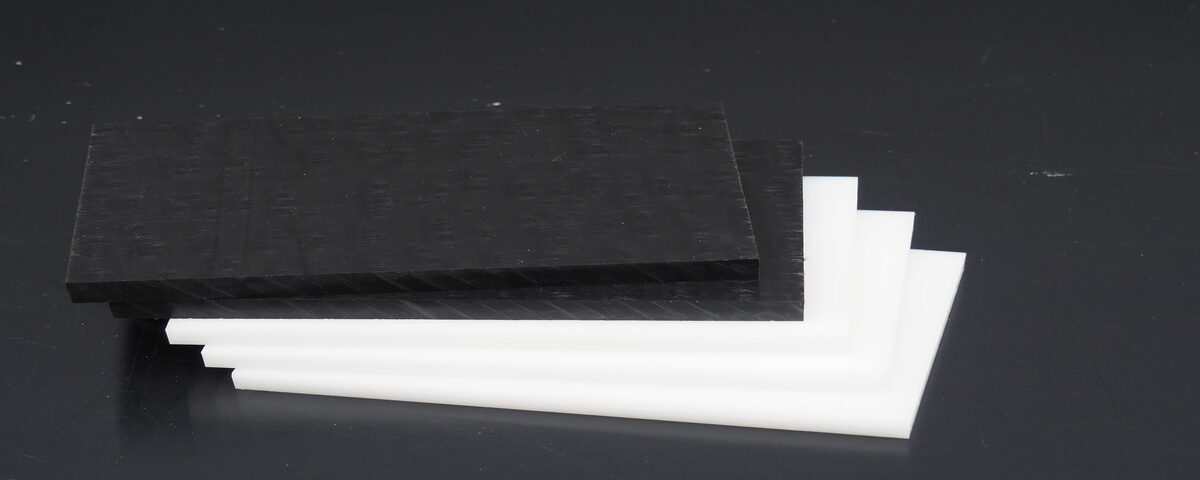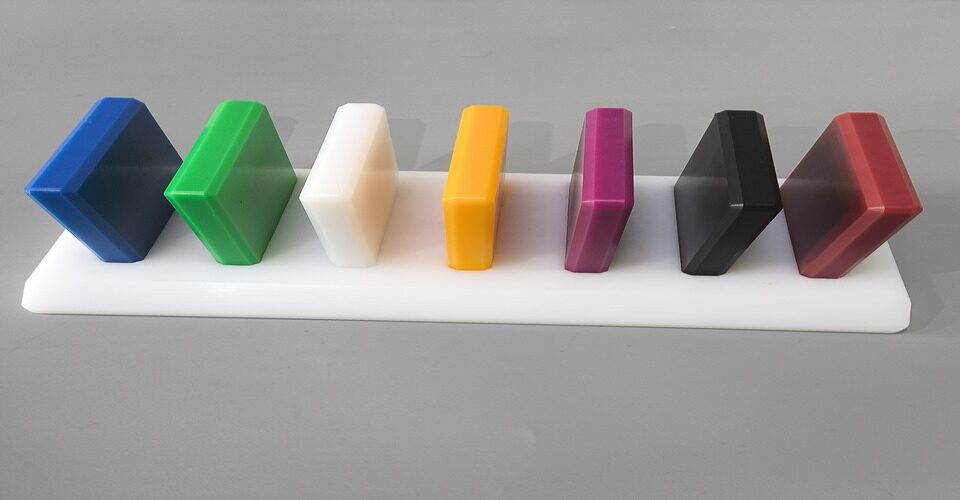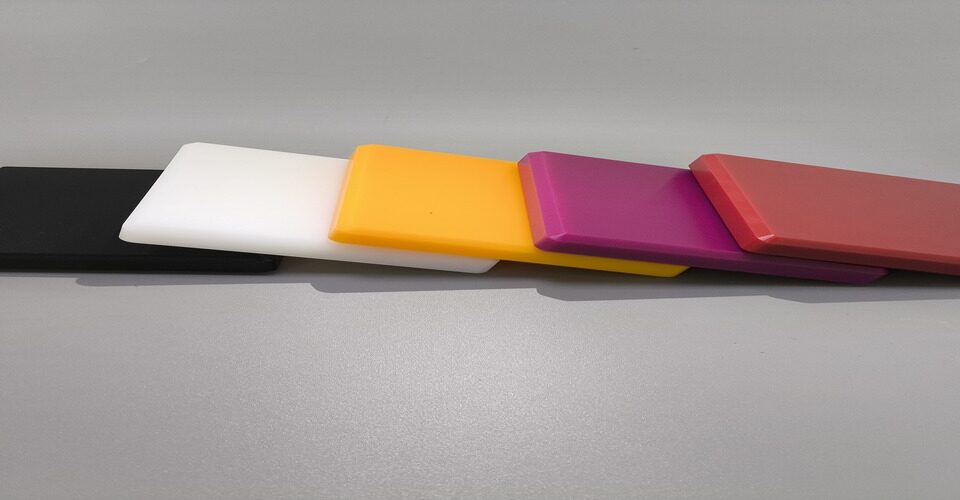
How is PTFE manufactured?
January 8, 2025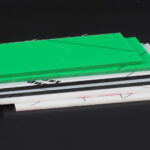
What is the material for PE?
January 9, 2025POM plastic, also known as Polyoxymethylene or Acetal, is a high-performance engineering plastic widely used in applications where strength, durability, and precision are essential. This thermoplastic is synthesized through a polymerization process involving formaldehyde, a key chemical compound in its production.
The Chemical Composition of POM
POM plastic is composed primarily of repeating units of formaldehyde. The polymerization of formaldehyde results in the creation of a chain-like structure, where the formaldehyde monomers are linked together by chemical bonds to form long, stable polymer chains. This process is carried out under controlled conditions, often using catalysts that help ensure the polymer achieves the desired molecular weight and structural properties.
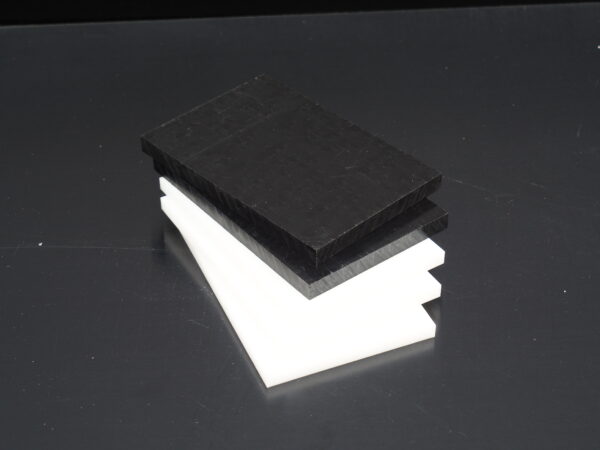
Types of POM Plastic
There are two main types of POM plastic: homopolymer POM and copolymer POM.
- Homopolymer POM: This type of POM is made entirely from formaldehyde and exhibits superior strength, stiffness, and low friction properties, making it ideal for applications such as gears, bearings, and other precision mechanical parts.
- Copolymer POM: In copolymer POM, other monomers are combined with formaldehyde, typically a small amount of other materials like butylene oxide, which makes the polymer more resistant to certain environmental factors like moisture or chemical exposure.
Key Characteristics of POM Plastic
POM plastic is renowned for its exceptional mechanical properties, including high tensile strength, excellent dimensional stability, and low friction coefficient. These qualities make it highly suitable for industries such as automotive, electronics, and consumer goods, where high-performance materials are crucial.
In conclusion, POM plastic is primarily made from formaldehyde, which forms a polymer structure that exhibits outstanding mechanical and chemical properties for a wide range of demanding applications.


